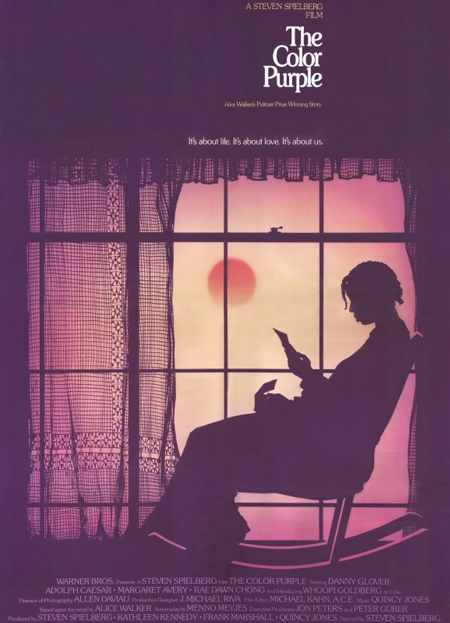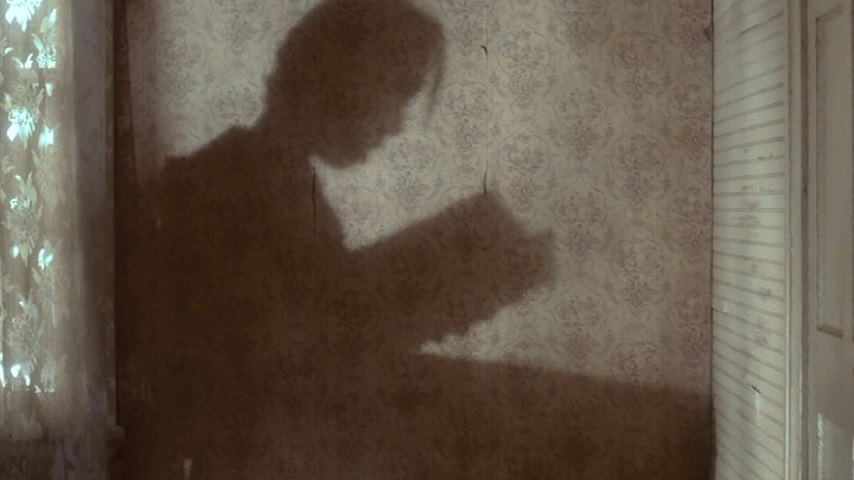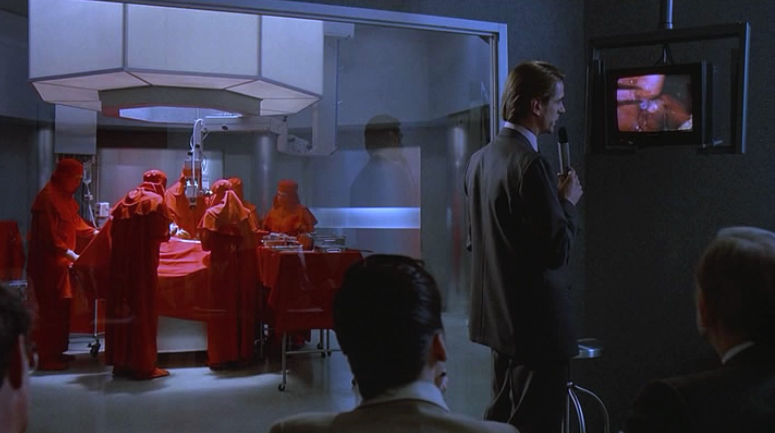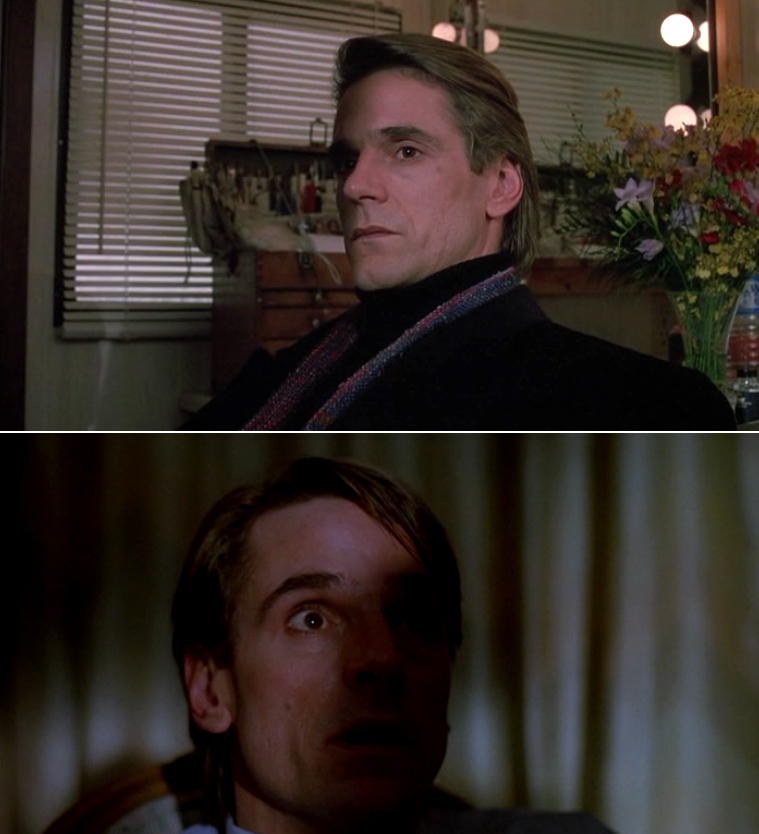Robert Redford is "The Natural"
 Wednesday, August 21, 2013 at 12:00PM
Wednesday, August 21, 2013 at 12:00PM To celebrate Robert Redford's imminent return to cinema in "All is Lost" Team Experience will be surveying some of his classics and key films. Here's Anne Marie on The Natural.
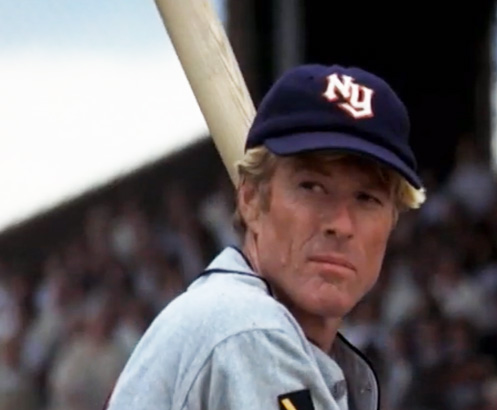 Robert Redford is as American as apple pie and baseball. Actually, it might be equally accurate to say that apple pie and baseball are as American as Robert Redford. Like Jimmy Stewart before him, Redford personifies the American Man ideal. But unlike Stewart's earnest Everyman, Redford, with his golden boy good looks and sweet-but-sardonic smile, is the Mythic American Man model. Redford is not the star you relate to; he's the star you admire from afar. Robert Redford has spent most of his career playing variations on this character, but nowhere is his inherent legendaryness used to greater effect than in the 1984 film The Natural. The Natural is a movie about the American Myth through the lens of the American Pastime.
Robert Redford is as American as apple pie and baseball. Actually, it might be equally accurate to say that apple pie and baseball are as American as Robert Redford. Like Jimmy Stewart before him, Redford personifies the American Man ideal. But unlike Stewart's earnest Everyman, Redford, with his golden boy good looks and sweet-but-sardonic smile, is the Mythic American Man model. Redford is not the star you relate to; he's the star you admire from afar. Robert Redford has spent most of his career playing variations on this character, but nowhere is his inherent legendaryness used to greater effect than in the 1984 film The Natural. The Natural is a movie about the American Myth through the lens of the American Pastime.
It would be easy to mistake The Natural for "just another sports movie." The plot certainly reads as another sentiment-drenched schlock-fest. Roy Hobbs, a nobody who's past his prime, changes baseball and wins a championship with his talent, his courage, and a baseball bat struck by lightning. (I rolled my eyes even as I typed that.) However, to take this movie too literally is to miss its point.
The Natural plays on a grander scale. Roy Hobbs is the Arthurian Hero wielding a legendary weapon. It's no coincidence that he leads a baseball team called the Knights. Barbara Hershey, in a small but striking role as the woman who ends his career before it begins, is Temptation. Glenn Close makes a rare appearance as the Good Woman, representing the wholesome life Hobbs missed before but could win back. Kim Basinger makes a not-so-rare appearance as the Sinful Woman, a blonde version of Temptation that Hobbs will have to overcome again. These are Characters with a capital "C," more important for what they symbolize than for who they are. If you don't believe me, watch how often characters are backlit. Strong backlighting is cinematography shorthand for Significant And Symbolic Character.
 Glenn Close as "Good Woman" a few years before evil was her forte
Glenn Close as "Good Woman" a few years before evil was her forte
I have to confess: I usually hate sports movies. I, like Margo Channing, detest cheap sentiment, which is the currency most sports films trade in. The underdog story is overdone. There are only so many sacrifices a man can make for a game before I question his priorities; and really, Rudy made one sack in one play, so why are we cheering mediocrity?
By that measure, I should hate The Natural too. But I can't. Maybe it's Robert Redford's rugged handsomeness (there is no such thing as "middle-aged" Redford; like wine, cheese, and good art, he just gets better with time). Maybe I just really love watching Barbara Hershey vamp. Maybe it's because I'm a sucker for movies about the American Dream, where one person can change the world thorugh earnest hard work. Whatever the reason, The Natural remains a personal favorite, as well as a classic.




